Mastering EMC VNX Troubleshooting: Essential Tips and Techniques
Understanding the Challenge: Storage Pool Degradation
One of the significant challenges faced by IT professionals managing EMC VNX or Unity storage systems is the degradation of storage pools. This issue can lead to reduced system performance, impacting critical applications and business operations. Storage pool degradation often occurs in environments with intensive read/write operations, causing bottlenecks within the storage array.
Common Causes of Storage Pool Degradation
- Inefficient Data Layout: Suboptimal data placement across the storage tiers or disks causing increased latency.
- Overutilization: Excessive load on the storage pool from applications or users beyond designed capacity.
- Improper RAID Configuration: Misconfigured RAID levels leading to inefficient disk utilization.
- Lack of Maintenance: Failure to perform regular health checks and updates on storage hardware and software components.
Practical Solutions and Troubleshooting Steps
Step 1: Monitor and Analyze Performance Metrics
Use Unisphere or CLI tools to regularly monitor key performance metrics:
- IOPS and Latency: Check for spikes indicating potential bottlenecks.
- Disk Utilization: Ensure that no single disk is over-utilized compared to others.
Step 2: Redistribute Workload
- Utilize Dynamic Storage Tiering to optimize data flow by automatically relocating less frequently accessed data to lower tiers.
- Use the FAST VP feature to balance the workload across multiple disks.
Step 3: Optimize RAID Configurations
- Evaluate current RAID setup using the RaidGroup and LUN statistics.
- Adjust RAID levels to balance between cost, performance, and capacity. RAID 5 is common but use RAID 6 or 10 for environments requiring higher fault tolerance.
Step 4: Rebalance Storage Pools
Use Unisphere’s built-in features to:
- Manually rebalance pools to evenly distribute data across all disks.
- Ensure even distribution avoids hot spots and leverages available capacity better.
Step 5: Upgrade Hardware Components
Consider enhancing system efficiency with the following upgrades:
| Component | Recommended Upgrade |
|---|---|
| Disks | Replace older disks with SSDs for better read/write speeds. |
| Storage Processors | Upgrade to the latest models for higher processing power. |
Best Practices for Maintaining Optimal Performance
- Conduct regular full-scale health checks to ensure all hardware and software components are functioning at peak efficiency.
- Implement a robust backup strategy to mitigate risks associated with data loss in case of system failure.
- Document and regularly review storage policies to keep aligned with organizational needs.
- Educate IT staff with training sessions on emerging trends and new management tools provided by Dell EMC.
Real-World Example: Resolving Pool Degradation in a High-Demand Environment
In a financial services company running high-frequency trading applications, storage performance degraded significantly during peak trading hours. By implementing tiering strategies, redistributing workloads, and upgrading to SSDs, the company experienced an improvement of over 40% in storage performance, reducing latency critical to their operations.








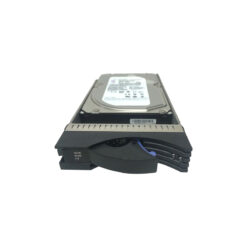
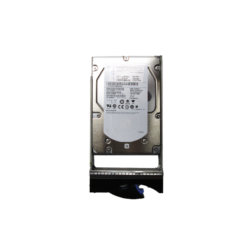
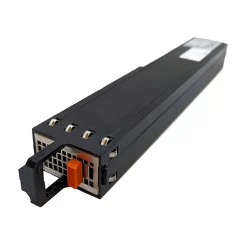
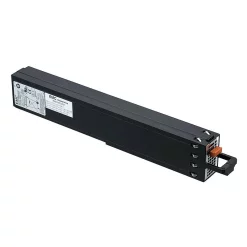

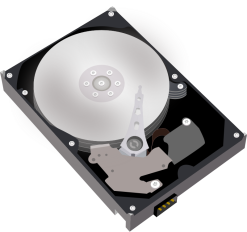
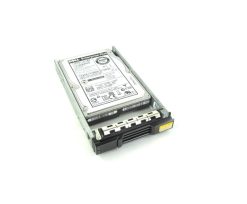 0FK3C-SC220 Compellent 600GB 10K SAS 2.5 HDD
0FK3C-SC220 Compellent 600GB 10K SAS 2.5 HDD 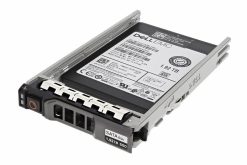 0X3K83 Compellent 1.92TB SSD SAS 3.5 HDD
0X3K83 Compellent 1.92TB SSD SAS 3.5 HDD